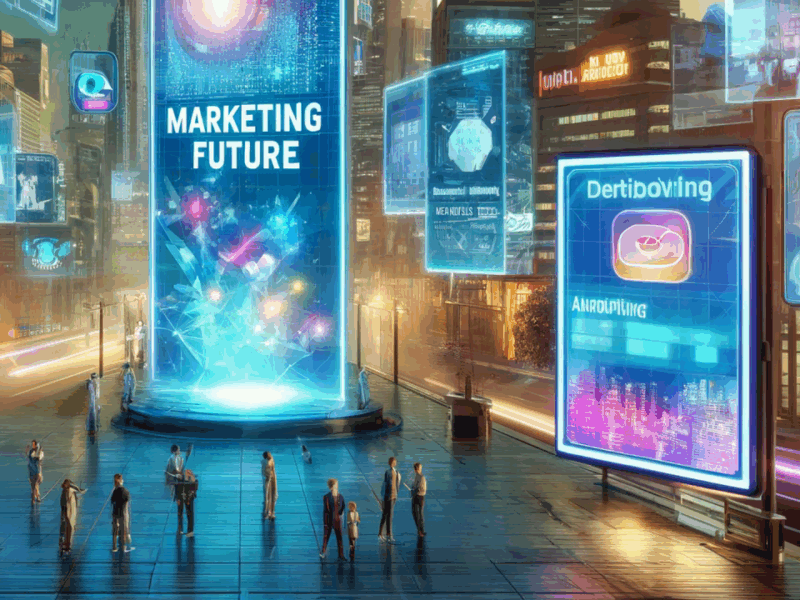The Evolution of Blogging: A Brief Historical Overview
The concept of blogging can be traced back to the late 1990s, where it primarily emerged as a form of personal online journals. Individuals began sharing their thoughts and experiences on the internet, allowing for a new mode of self-expression and communication. Early platforms, such as Blogger and LiveJournal, enabled users to create simple webpages without needing extensive coding knowledge. This initial phase of blogging was characterized by a focus on individualistic perspectives, where personal anecdotes and opinions garnered online attention.
As the 2000s progressed, blogging evolved significantly. The introduction of content management systems like WordPress revolutionized the way creators published their work. This era saw the rise of professional blogging, where individuals leveraged their blogs as platforms for monetization and influence. Various niches began to emerge, ranging from fashion and travel to technology and health, enabling content creators to reach targeted audiences effectively. The advent of social media further propelled blogging into the mainstream, allowing for easy sharing and engagement across different platforms.
Technological advancements played a crucial role in the evolution of blogging. The integration of multimedia elements, such as images, videos, and audio, transformed the static blogs of the past into dynamic content experiences. This transition created a more engaging environment that catered to diverse audiences. Furthermore, SEO (Search Engine Optimization) became an integral part of blogging, helping creators attract a larger readership through targeted keyword strategies and quality content.
As we look toward the future, these historical milestones present a fascinating foundation. Understanding the transformation from simple online journaling to complex business entities is essential when considering how blogging will continue to evolve by 2026. Future trends will likely build on this rich history, shaping the landscape for content creators and consumers alike.
Emerging Technologies Shaping the Future of Blogging
As we look ahead to 2026, several emerging technologies are poised to significantly influence the landscape of blogging. Among the most transformative innovations are artificial intelligence (AI), virtual reality (VR), and advancements in voice search technology. Each of these areas is set to reshape not only how content is created but also how it is consumed by audiences globally.
Artificial intelligence has gained traction across various industries, and blogging is no exception. By harnessing AI, bloggers can automate mundane tasks, such as content generation and social media posting, allowing them to focus on more strategic aspects of their work. Natural language processing capabilities will enable AI-driven tools to analyze writing styles and suggest content improvements or topics that resonate with specific demographics. Furthermore, AI algorithms can provide insights into audience preferences, streamlining the content creation process and enhancing reader engagement.
Virtual reality represents another noteworthy innovation that could revolutionize the blogging experience. By 2026, it is anticipated that bloggers will leverage VR to craft immersive stories that go beyond traditional text. This technology will allow readers to step into the world of the blog, experiencing the content in a way that engages multiple senses. As this medium evolves, the potential for virtual tours, interactive narratives, and enhanced storytelling will emerge, leading to richer, more interactive blogging experiences.
Moreover, the rise of voice search technology is fundamentally transforming how users access information online. As smart speakers and voice-activated devices become ubiquitous, bloggers must adapt by optimizing their content for a voice-first environment. This includes focusing on conversational language, succinct answers, and ensuring that their blogs remain accessible to users asking questions aloud.
Advancements in automation and data analytics further enhance bloggers’ abilities to customize their content for better audience engagement. By leveraging comprehensive analytics tools, bloggers can gain deeper insights into user behavior and preferences, allowing them to create tailored content that resonates with their audience’s needs. Together, these emerging technologies are set to reshape the blogging experience, ensuring that it remains a dynamic and engaging medium in the coming years.
Content Creation Trends: What Will Bloggers Focus On in 2026?
As we transition toward 2026, the landscape of blogging and content creation is anticipated to undergo significant changes. One of the foremost trends is the rise of multimedia storytelling. Bloggers will increasingly incorporate various forms of media, such as videos, podcasts, and infographics, to engage their audiences more effectively. This diversification not only captures attention but also caters to different learning preferences. As content consumption habits evolve, it will become imperative for bloggers to adopt a holistic approach to storytelling, blending textual content with multimedia elements that enhance the overall narrative.
Another noteworthy trend is the growth of interactive content. Blogs that allow readers to engage directly—through quizzes, polls, and interactive infographics—are likely to see higher engagement rates. Interactive content fosters a sense of community by inviting readers to participate actively, thereby reinforcing loyalty and attracting new visitors. In 2026, bloggers will need to prioritize these interactive experiences to remain relevant in an increasingly competitive digital landscape.
Niche blogging is expected to gain momentum as audiences look for more specialized knowledge. Given the plethora of information available online, bloggers who cater to specific interests will stand out. Concentrating on niche topics enables content creators to build dedicated audiences who value expertise and in-depth insights. This trend aligns with the ongoing shift towards more personalized content, where readers increasingly gravitate towards bloggers who reflect their passions and preferences.
Furthermore, the integration of social media will evolve, necessitating a symbiotic relationship between blogging platforms and social networks. As search engine optimization (SEO) strategies adapt, bloggers will need to pay close attention to social signals as a critical factor influencing their reach. Understanding how to effectively merge blog content with social media engagement will be paramount for bloggers looking to increase their visibility in 2026.
The Future of Blogging as a Business: Opportunities and Challenges
As we look toward 2026, the landscape of blogging as a business is set to evolve significantly, presenting both opportunities and challenges for aspiring and established bloggers alike. One of the most prominent opportunities lies in the diversification of monetization strategies. While traditional advertising and sponsored posts remain viable, the emphasis is increasingly shifting toward affiliate marketing, subscription-based content, and exclusive memberships. This shift is primarily driven by the growing demand from audiences for personalized and premium content experiences.
Influencer marketing, too, will continue to play a critical role in the blogging ecosystem. Collaborations between bloggers and brands are expected to become more strategic and data-driven, leveraging analytics to ensure that campaigns resonate with target audiences. As influencers increasingly become integral to the digital marketing strategy of brands, bloggers will need to refine their positioning to stand out in a saturated market. Engaging content, authenticity, and community interaction will be essential to maintain a loyal audience and attract lucrative partnerships.
However, the changing consumer behavior presents a dual-edged sword. While there is an appetite for content that resonates with personal values and ethics, the sheer volume of content being produced can lead to saturation. Bloggers may struggle to achieve visibility as platforms employ increasingly complex algorithms that prioritize content relevancy and engagement over simple follower counts. This means that bloggers will have to stay agile, adapting to algorithm changes and utilizing SEO best practices to enhance their discoverability.
There are also notable pitfalls to consider. As the market evolves, bloggers must be acutely aware of the challenges posed by algorithm updates, which may affect their engagement rates and overall reach. To thrive in this dynamic landscape, bloggers need a proactive approach that includes continuous learning and adaptability to ensure they can navigate both opportunities and challenges effectively.


